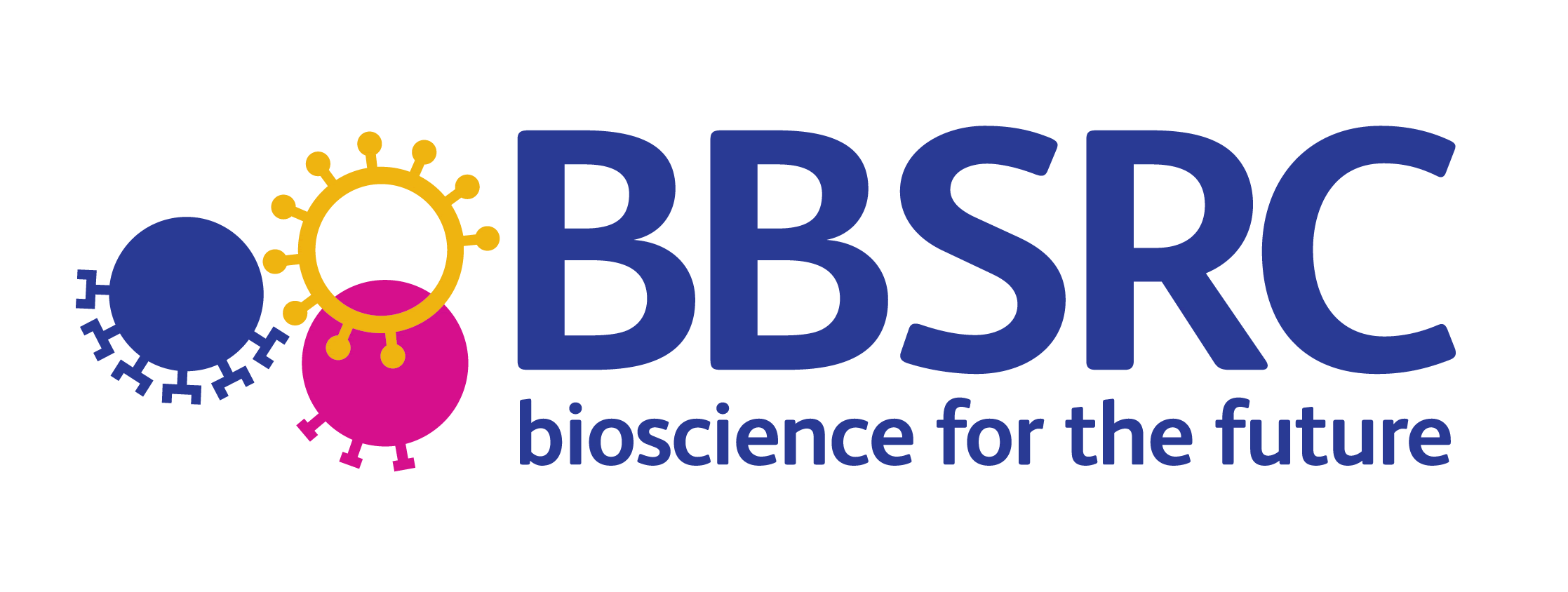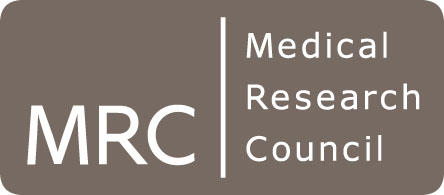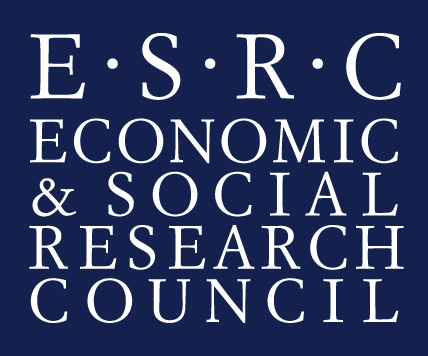New article on extracting phenotypic information from text
2015-06-16
We are pleased to announce the publication of a new article on detecting biomedical term translations has been published in the journal BMC Medical Informatics and Decision Making.
Alnazzawi, N., Thompson, P., Batista-Navarro, R. T. B. and Ananiadou, S.. (2015). Using text mining techniques to extract phenotypic information from the PhenoCHF corpus. BMC Medical Informatics and Decision Making, 15(Suppl. 2):S3 .
Abstract
Background
Phenotypic information locked away in unstructured narrative text presents significant barriers to information accessibility, both for clinical practitioners and for computerised applications used for clinical research purposes. Text mining (TM) techniques have previously been applied successfully to extract different types of information from text in the biomedical domain. They have the potential to be extended to allow the extraction of information relating to phenotypes from free text.
Methods
To stimulate the development of TM systems that are able to extract phenotypic information from text, we have created a new corpus (PhenoCHF) that is annotated by domain experts with several types of phenotypic information relating to congestive heart failure. To ensure that systems developed using the corpus are robust to multiple text types, it integrates text from heterogeneous sources, i.e., electronic health records (EHRs) and scientific articles from the literature. We have developed several different phenotype extraction methods to demonstrate the utility of the corpus, and tested these methods on a further corpus, i.e., ShARe/CLEF 2013.
Results
Evaluation of our automated methods showed that PhenoCHF can facilitate the training of reliable phenotype extraction systems, which are robust to variations in text type. These results have been reinforced by evaluating our trained systems on the ShARe/CLEF corpus, which contains clinical records of various types. Like other studies within the biomedical domain, we found that solutions based on conditional random fields produced the best results, when coupled with a rich feature set.
Conclusions
PhenoCHF is the first annotated corpus aimed at encoding detailed phenotypic information. The unique heterogeneous composition of the corpus has been shown to be advantageous in the training of systems that can accurately extract phenotypic information from a range of different text types. Although the scope of our annotation is currently limited to a single disease, the promising results achieved can stimulate further work into the extraction of phenotypic information for other diseases. The PhenoCHF annotation guidelines and annotations are publicly available at https://code.google.com/p/phenochf-corpus
| Previous item | Next item |
| Back to news summary page |
Featured News
- AI for Research: How Can AI Disrupt the Research Process?
- ELLIS Workshop on Misinformation Detection - Presentation slides now available
- 1st Workshop on Misinformation Detection in the Era of LLMs (MisD)- 23rd June 2025
- Prof. Sophia Ananiadou accepted as an ELLIS fellow
- Invited talk at the 15th Marbach Castle Drug-Drug Interaction Workshop
- BioNLP 2025 and Shared Tasks accepted for co-location at ACL 2025
- Prof. Junichi Tsujii honoured as Person of Cultural Merit in Japan
- Participation in panel at Cyber Greece 2024 Conference, Athens
- New Named Entity Corpus for Occupational Substance Exposure Assessment
Other News & Events
- CL4Health @ NAACL 2025 - Extended submission deadline - 04/02/2025
- Shared Task on Financial Misinformation Detection at FinNLP-FNP-LLMFinLegal
- FinNLP-FNP-LLMFinLegal @ COLING-2025 - Call for papers
- Keynote talk at Manchester Law and Technology Conference
- Keynote talk at ACM Summer School on Data Science, Athens








